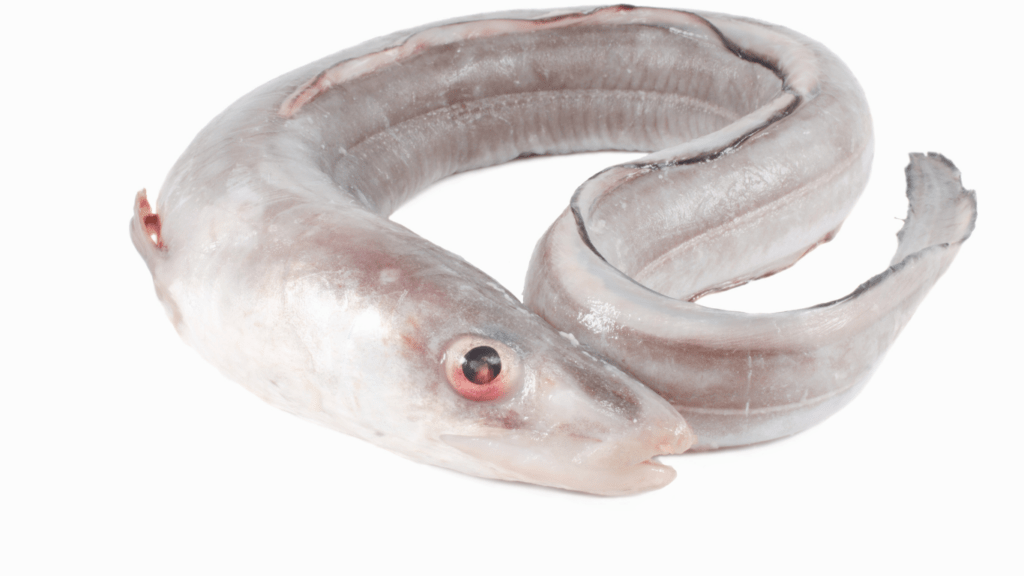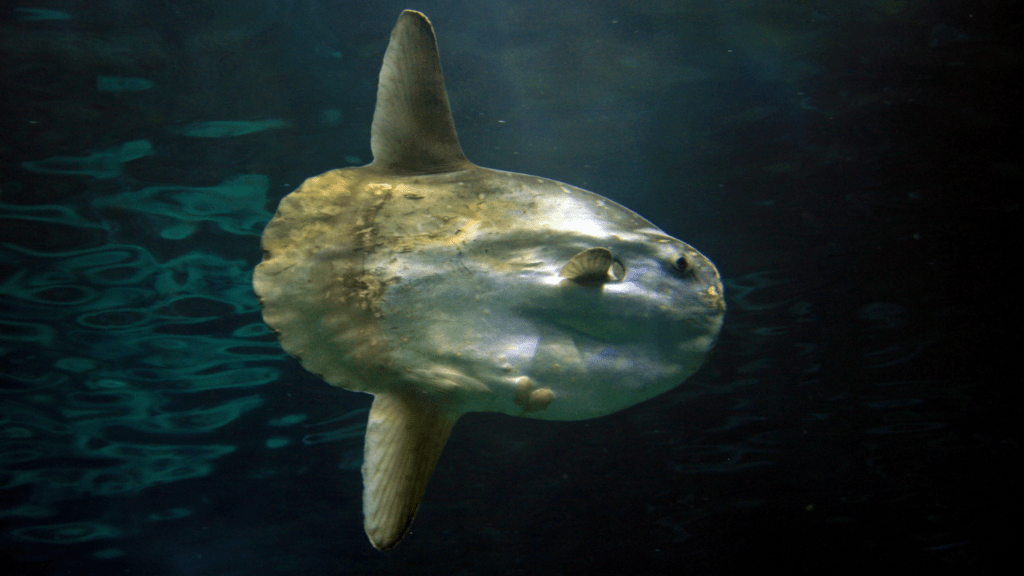The Mysterious World Beneath the Waves
Deep-sea ecosystems thrive under extreme pressure, near-freezing temperatures, and complete darkness. These conditions create habitats teeming with unique species adapted to survive where life seems impossible.
One iconic example is the anglerfish, armed with a bioluminescent lure to attract prey in pitch-black waters. Another is the vampire squid, which uses light-producing organs called photophores to confuse predators. These adaptations are crucial for survival at depths where food is scarce and predation is constant.
Hydrothermal vents provide habitats for communities reliant on chemosynthesis instead of sunlight-based photosynthesis. Microorganisms here convert chemicals like hydrogen sulfide into energy, forming the base of the food chain. Giant tube worms and vent crabs are notable residents of these unique environments.
Gigantism is also observed in some species, like the colossal squid, which can grow over 40 feet long. Scientists attribute these sizes to slower metabolisms and high-pressure environments. These features make deep-sea fauna astonishingly different from shallow-water organisms.
Exploration efforts continue to uncover previously unknown species, such as the “Dumbo octopus” with its ear-like fins resembling the Disney character. With over 80% of the ocean still unmapped, the potential for more discoveries is vast, driving curiosity about life beneath the waves.
Shocking Deep-Sea Discoveries

Exploring the ocean’s darkest depths reveals astonishing creatures and adaptations that continue to redefine our understanding of marine life. These discoveries showcase nature’s creativity in environments where survival seems improbable.
Bioluminescent Creatures
Bioluminescence serves as both a survival tool and a spectacle in deep-sea species. Creatures like the anglerfish use their glowing lures to attract prey in pitch-black waters. The vampire squid employs photophores to emit brief flashes of light, confusing attackers while making a swift escape. A notable example, the flashlight fish, utilizes bioluminescent bacteria in specialized pouches beneath its eyes to stun prey or signal potential mates. Bioluminescence is widespread, with nearly 90% of species living below 4,900 feet possessing the ability.
Gigantic Predators
The phenomenon of deep-sea gigantism gives rise to massive predators inhabiting these depths. The colossal squid, which grows over 40 feet and weighs up to 1,500 pounds, preys on large fish and even smaller squid. The Greenland shark, capable of reaching lengths of 24 feet, reigns as an apex predator and can live for over 400 years, making it one of the longest-living vertebrates. These predators thrive in slow-paced, high-pressure, and frigid environments, adapting their size to conserve energy and gain dominance in an ecosystem with scarce resources.
Unique Adaptations for Survival
- Deep-sea organisms display extraordinary adaptations to cope with their harsh environment.
- Hydrothermal vent communities rely on chemosynthetic bacteria that convert sulfur into energy, enabling species like giant tube worms to survive without sunlight.
- The gulper eel evolved a massive, flexible mouth that expands to devour prey much larger than itself while conserving resources in a food-scarce habitat.
- Some deep-sea fish possess antifreeze proteins in their blood to prevent ice crystal formation in subzero waters.
- These features not only ensure survival but also highlight evolutionary ingenuity shaped by extreme conditions.
Creatures from the Ocean’s Darkest Depths
The deep sea introduces extraordinary creatures that defy imagination. These organisms showcase adaptations that seem otherworldly, making the ocean’s abyss one of Earth’s most fascinating frontiers.
Alien-Like Species
Several deep-sea creatures appear so bizarre that they resemble beings from another planet. The anglerfish, for instance, displays a bioluminescent lure dangling from its head to attract prey in complete darkness. Another example is the gulper eel, with a massive, expandable mouth capable of swallowing prey much larger than its size. The barrel-eye fish stands out with a transparent head and tubular eyes, allowing it to see predators and prey from multiple angles. These unique traits provide survival advantages in the harsh conditions of the ocean’s depths, where light and food are scarce.
Ancient Survivors
The deep sea hosts species that have remained virtually unchanged for millions of years. The coelacanth, once thought extinct, represents a lineage that dates back over 400 million years. Another ancient survivor, the Greenland shark, can live for over 400 years, thanks to its slow metabolism and extreme cold-water habitat. Horseshoe crabs, often referred to as “living fossils,” have endured marine changes for nearly 450 million years. These species connect modern oceans to prehistoric eras, offering a glimpse into Earth’s evolutionary history.
The Role of Technology in Deep-Sea Exploration
Modern technology uncovers the secrets of deep-sea ecosystems, enabling scientists to explore hostile environments that were previously inaccessible. Advanced equipment has revolutionized our understanding of life in the ocean’s depths.
Advances in Submersibles
Deep-sea submersibles have drastically changed how researchers observe and document the ocean’s depths. Vehicles like Alvin and the Remote Operated Vehicle (ROV) Jason can withstand pressures exceeding 1,000 times atmospheric levels at the surface. Alvin, for example, has ventured to depths over 14,700 feet, discovering hydrothermal vent ecosystems and new species. Equipped with robotic arms, HD cameras, and sampling tools, submersibles allow precise specimen collection and real-time visual exploration. Continuous improvements in autonomous submersibles, such as the Abyss-class AUVs, offer researchers the ability to map the seafloor and conduct surveys over extended periods without human intervention.
The Importance of Remote Sensing
Remote sensing plays a critical role in comprehending deep-sea habitats where direct access is impossible. Technologies such as sonar mapping and satellite altimetry create detailed topographical models of seabeds. Multi-beam sonar systems, for instance, provide high-resolution, three-dimensional maps of ocean trenches, seamounts, and mid-ocean ridges. Remotely operated sensing devices also monitor environmental variables like:
- temperature
- salinity
- pressure
- revealing trends
in oceanographic conditions. Innovations like ocean observatories, including NEPTUNE and MARS, transmit continuous data from sensors placed thousands of feet underwater, offering invaluable insights into biological and geological processes.
The Impact of Deep-Sea Discoveries on Science
Deep-sea discoveries transform scientific understanding of Earth’s biodiversity and ecosystem dynamics. By uncovering new species, researchers expand the known tree of life, adding insights into evolutionary processes and the adaptability of organisms to extreme conditions. Examples like the recently discovered Yeti crab illustrate how life can thrive around hydrothermal vents in high-pressure, chemically rich environments.
Emerging knowledge from deep-sea research influences medicine and biotechnology. Bioactive compounds found in deep-sea organisms, such as unique proteins and enzymes, inspire developments in drug therapies, including cancer treatments and antibiotics. For example, green fluorescent protein from deep-sea jellyfish revolutionized molecular biology as a marker for genetic expression.
Studies of deep-ocean ecosystems enhance climate science by revealing carbon sequestration processes. Deep-sea sediments store vast quantities of carbon, while benthic organisms contribute to nutrient recycling. Understanding these processes informs climate models, emphasizing the ocean’s role in mitigating global warming.
Geological discoveries in deep-sea trenches and mid-ocean ridges advance knowledge of plate tectonics. For instance, hydrothermal vent sites provide data on mineral formation and Earth’s geological history. These findings support resource exploration, such as identifying rare earth elements critical for technology production.
Research into survival adaptations of deep-sea species inspires engineering innovations. Bioluminescence mechanisms inform low-energy lighting solutions, while pressure-resistant exoskeleton designs influence materials science. Insights from these adaptations improve technologies for extreme conditions, spanning oceanic and extraterrestrial exploration.





